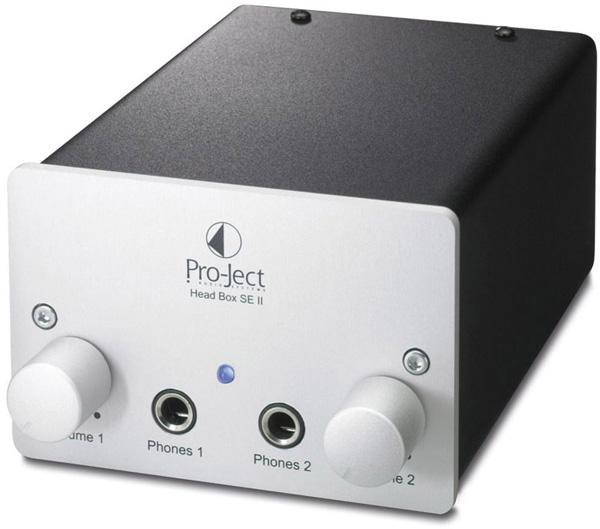Can I Drive Two Headphones With One Amplifier?

Q My girlfriend and I want to watch movies and listen to music late at night without waking up everyone else in the house. Here are my questions: Is there is a proper way to drive two pairs of headphones from the same amplifier without degrading the signal? Is it as easy as using a jack splitter? We care about great sound, so I'm planning to use HifiMAN, Audeze or Oppo open back headphones, but I'm wondering if I can get away with using only one amp (either a dedicated headphone amp or my home theater receiver). —Raphaël Rainville / Montreal, QC, Canada
A There is a proper way to simultaneously drive two pairs of headphones, and it’s more complicated (and costly) than using a simple stereo Y splitter stereo Y splitter.
Splitters are OK for casual sharing of your tablet’s headphone output with a partner while travelling on a plane, etc., but they make a poor option for movie watching/music listening at home. That’s because when you split your receiver’s headphone output between two headphone sets with the same impedance, you’ll double the load on the amplifier, resulting in reduced output volume and increased noise.
A better solution would be to connect a standalone DAC/headphone amp with dual headphone outputs to your receiver’s preamp outputs. Options in the $400-600 price range include the Creek OBH-21 MK2 ($595) and Music Hall ph25.2 ($399). Either of these would be a good match for those fancy planar magnetic headphones you’re planning to use. Different headphones have different sensitivity specs, however, so if you intend to mix and match headphone brands/models, a DAC/amp like the Pro-Ject Head Box SE II ($399) will be a better option since it provides a separate volume control for each output.
One additional suggestion—and it concerns your headphone buying plans. Open back headphones typically provide a more open and spacious listening experience than closed back models, but they also provide less sound isolation. That means you’ll end up hearing sound coming from your wife’s headphones, and vice-versa. For this particular situation, a better bet would be to use closed back models.
- Log in or register to post comments























































